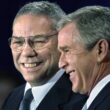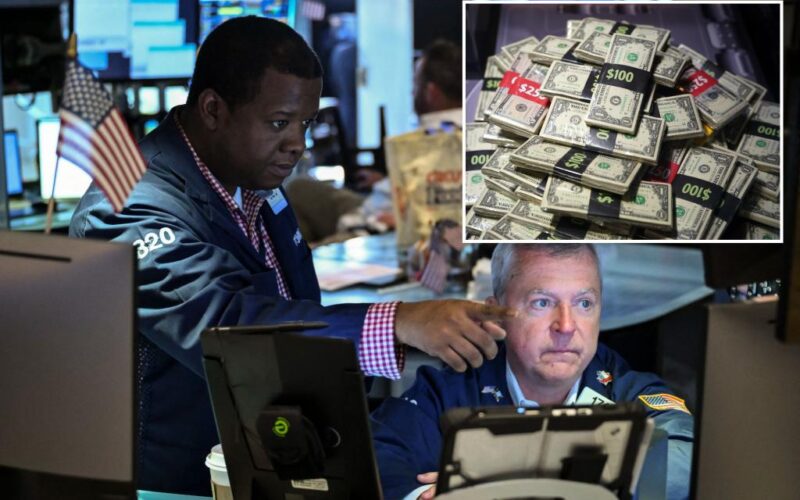The US dollar is getting hammered. It’s weak against the euro, the British pound, Canada’s loonie and the Aussie. It just logged what many call its “worst first half ever.”
That, the bears say, shows faltering confidence in US assets. They expect the jitters will soon ripple through and overwhelm supposedly “euphoric” stock markets, reversing the rebound from April’s low.
Wrong. Currency swings say nothing about the stock market’s direction – simply nothing. And 2025’s greenback weakness isn’t all that unusual anyway. Let’s thumb through a few of these notes in more detail.
Whatever the dollar does, investors worry. When it’s weak, they fear it will make imports pricier and stoke inflation. When it’s strong, it supposedly saps corporate profits on exports. A strong dollar also can raise the risk of debt defaults by developing nations that borrow in dollars. So should we worry about one, all, or none of the above?
Consider that US stocks rose in 44 of 56 calendar years since 1968. Those up years were split near-evenly between years when the dollar strengthened (24) and years when it weakened (20). In the years when stocks fell, the greenback rose in six and fell in six. Do you see any pattern there? Any reason to fear or cheer dollar strength or weakness? Is six worth more than half a dozen, or vice versa?
Even over shorter periods, there is no identifiable relationship. Yes, you can cherry-pick brief periods where a weak dollar panic drove a stock market correction. But for each of those, I can point to the opposite, like late 2004 when rampant weak dollar fears coincided with a steep Q4 S&P 500 rally.
Overall, this century’s weekly correlation between the dollar and US stocks is statistically only a slight variance from no correlation at all. So the bucking buck doesn’t buck stocks reliably in either direction.
Why does all of this make sense, upon closer inspection? A weak dollar may make America’s exports more competitive overseas, but it makes imported components costlier — and vice versa for a strong dollar. Also, corporate leaders with overseas supply chains and customer bases are superbly versed in currency hedging.
Further, there is nothing notably unique about 2025’s weak dollar. Investors focused on fear need to zoom out some. A glance back before 2025 reveals the dollar has been sitting at levels decried as “too strong” for years. Heck, today’s level is stronger against a trade-weighted currency basket than 58% of months since 1970.
Perhaps you tie the dollar’s weakness to politics. US politicians traditionally talk up a strong dollar’s supposed benefits. And now? President Trump recently said, “Well, you know, I’m a person that likes a strong dollar, but a weak dollar makes you a hell of a lot more money.”
His nominee for the Fed’s temporary opening, Stephen Miran, outspokenly favors not only dollar weakness but also eliminating the dollar as the world’s reserve currency.
In fact, currency markets are treating Trump as a traditional Republican. Since Richard Nixon’s 1969 inaugural year, the dollar weakened in 75% of Republican presidents’ terms, strengthening on average only in their fourth years. Ronald Reagan’s first term is the exception, but that’s it. Further, 2025’s weakness through July (-7.9%) parallels Trump’s first term though July 2017 (-9.1%). Why fear something routine?
Usually, those fearing dollar weakness miss a basic truth: Currencies trade in pairs. Over time, developed nation currencies balance out in what look like lake ripples. Over the past 40 years, the buck sine-waves around tight ranges against all of them except Japan – and even thereto for 35 years. They even out in time – and they will this time, too.
So let others worry over dollar weakness – while you continue to enjoy this global bull market.
Ken Fisher is the founder and executive chairman of Fisher Investments, a four-time New York Times bestselling author, and regular columnist in 21 countries globally.








